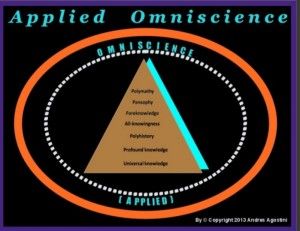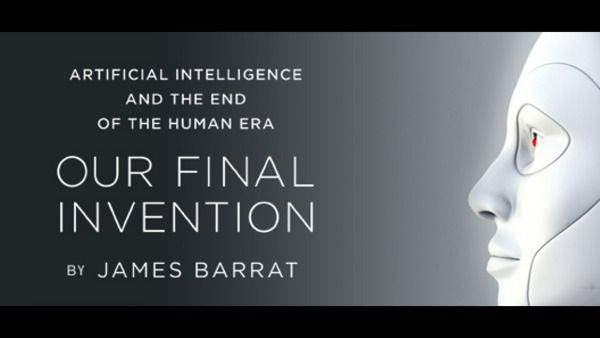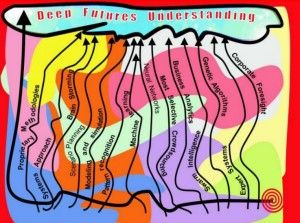Dec 11, 2013
Applied Omniscience in Transformative and Integrative Risk Management!
Posted by Andres Agostini in categories: big data, biological, biotech/medical, bitcoin, business, climatology, complex systems, cosmology, counterterrorism, defense, economics, education, energy, engineering, environmental, ethics, existential risks, finance, food, futurism, genetics, geopolitics, government, habitats, health, information science, life extension, nanotechnology, neuroscience, physics, policy, robotics/AI, science, scientific freedom, security, singularity, space, supercomputing, surveillance, sustainability, transhumanism, transparency, transportation, treaties
Applied Omniscience in Transformative and Integrative Risk Management! By Mr. Andres Agostini

This is an excerpt from the presentation, “…Applied Omniscience in Transformative and Integrative Risk Management!…” that discusses some management theories and practices. To read the entire piece, just click the link at the end of article:
Please see the graphic at http://lnkd.in/dUstZEk














